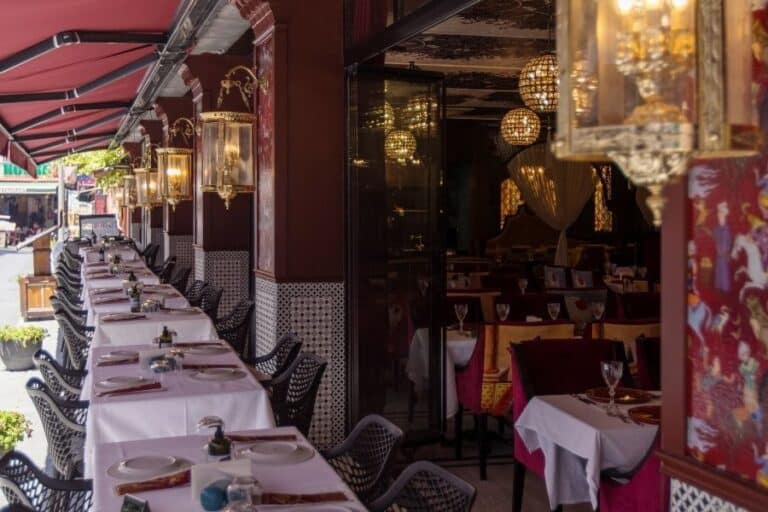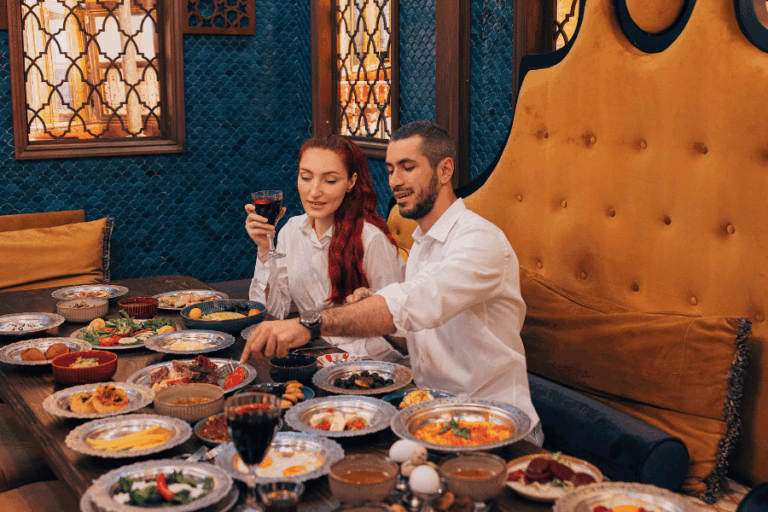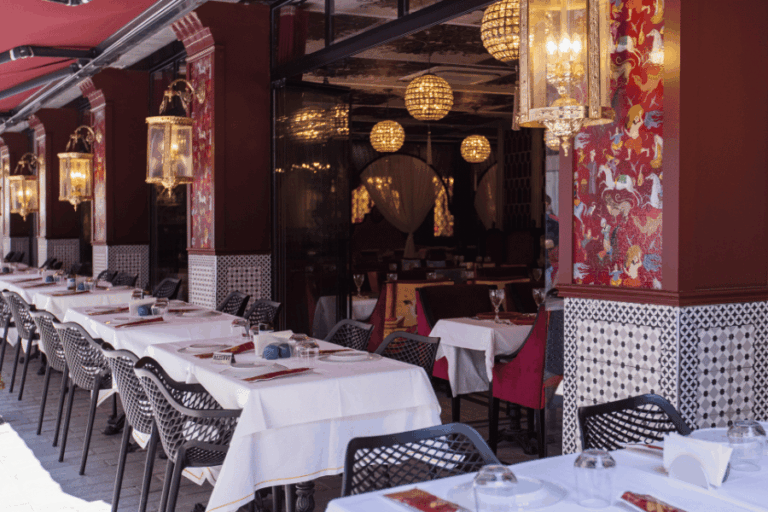Turkish food culture is a phenomenon that reflects the social structures, histories and identities of societies around the world. Turkish cuisine has a particularly rich heritage within this global diversity. During the Ottoman Empire, food culture came to the fore not only as a form of nutrition but also as a reflection of social hierarchy, diplomacy and art. Ingredients, spices and cooking techniques from different regions within the vast borders of the empire allowed for the birth of sophisticated dishes in the palace kitchen. This period reinforced the place of Turkish food culture on the world stage.
The place and importance of food in Turkish culture has a rich history and tradition, especially during the Ottoman period. For a closer look at the rich dishes of traditional Turkish culinary culture, please read our related article.
Origins of Ottoman Turkish Cuisine
As the Ottoman Empire was located at the crossroads of rich and diverse cultures, its culinary culture was greatly influenced by this diversity. Thanks to its geographical location and vast borders, ingredients, spices and cooking techniques from different regions shaped Ottoman cuisine. During this period, cuisine was considered not only the art of cooking but also an indicator of social status and power, and food played an important role in palace rituals and official ceremonies. Ottoman culinary culture blended both local and foreign elements, creating a rich gastronomic heritage.
Palace Cuisine Splendor and Sophisticated Presentations
The Ottoman palace kitchen functioned as a center of art, reflecting the wealth and cultural diversity of the empire. The palace kitchens were obliged to serve the sultan and high-ranking individuals exclusively. The ingredients used in the dishes prepared here were meticulously selected and the presentation of the dishes was done with great skill. The palace kitchens also functioned as a diplomatic stage, welcoming international guests with sophisticated presentations and introducing Ottoman culinary art to the world. These kitchens represent one of the most impressive and sophisticated culinary organizations in history and have incorporated many different cultural influences over time.
Ottoman Banquets and Social Interactions
In the Ottoman Empire, palace banquets were at the heart of social and diplomatic life. These banquets were not only events that showcased culinary culture, but also served as platforms where diplomatic relations were established and strengthened. When guests were treated to a visual feast and a gastronomic experience, this reinforced the Ottoman prestige and cultural richness in the international arena. Such events exemplify the strategy of using the culinary arts to shape political and social relations.
Turkish Culinary Culture from Tradition to the Present
The Ottoman culinary tradition forms one of the cornerstones of modern Turkish cuisine. The richness of this tradition contributes to Turkish food being loved globally and recognized as part of the country’s cultural heritage. The spice path, dessert varieties and cooking techniques from the palace kitchen continue to enrich Turkish cuisine even today. This continuity points to the depth and universal appeal of Turkish food culture.








